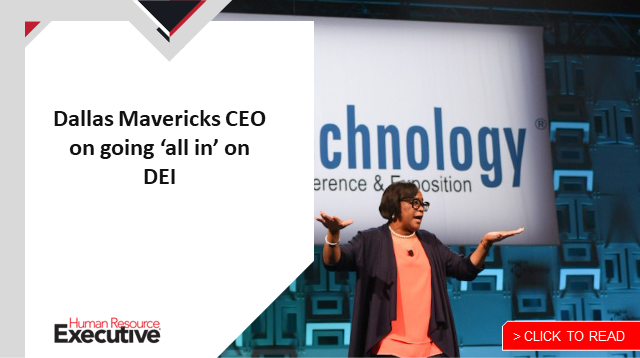As organizations seek to rightsize their compensation packages, especially given the pressures of the so-called Great Resignation and trends like quiet quitting, the focus on pay equity is becoming ever sharper. While fair pay practices are increasingly viewed as a must for a strong recruitment and retention strategy, ideas about who should actually be setting those policies are less clear.
That’s according to new research from Harvard Business Review Analytic Services, sponsored by UKG. “Making Pay Equity Work for All”—based on a survey of more than 3,000 employees and 450 executives—found that both groups recognize the value of pay equity: Nearly three-quarters of execs and individual contributors agree that pay equity is a top priority at their organizations.
However, the two groups greatly differ in their perceptions of how pay equity should be achieved. When asked who has primary responsibility for pay equity, 47% of executives cited that responsibility lies with the CHRO; however, just 6% of employees surveyed said HR should be in the driver’s seat on pay equity. Instead, 39% of employees want to see the CEO or equivalent top exec have primary responsibility.
“The CHRO didn’t even crack the top three when employees were asked who should be responsible,” notes Brian Reaves, chief belonging, diversity and equity officer at UKG. After the CEO, employees put the responsibility on the shoulders of the senior executive team, followed by the compensation committee; in fact, the CHRO ranked last out of seven options cited by employees. “It’s clear that employees are keen to see the CEO take the primary leadership role with pay equity.”
Reaves says that CEO leadership on pay equity suggests to employees that it is a “core business imperative.”
“As with other business priorities, CEO involvement brings a certain level of commitment, trust and accountability, signaling that correcting pay inequity on a systemic level is central to the future success of the organization,” Reaves says. That doesn’t mean the CHRO or other executives shouldn’t be involved in addressing pay equity, but rather, the effort needs to be top-down and robust, with clear communication throughout the organization.
“Executing an effective pay equity initiative is one of the most significant challenges of creating lasting change, partly due to the disconnect between employees and employers around leadership strategy,” Reaves says. “However, this gap in understanding should signal to business leaders the importance of transparency and communication, especially when it comes to creating a plan that is backed up by action.”
That approach should mirror how leadership treats all diversity, equity and inclusion efforts, he adds.
CEO buy-in, leadership from DE&I officers and action by managers and employees are all needed to generate cultural change needed to make DE&I work sustainable.
“The key is to foster a culture of accountability and transparency throughout the entire organization,” Reaves says. “From there, leaders can recalibrate each step in the HR lifecycle and eliminate the subjectivity that contributes to bias and inequities.”
The post Pay equity: Who should be in charge? appeared first on HR Executive.